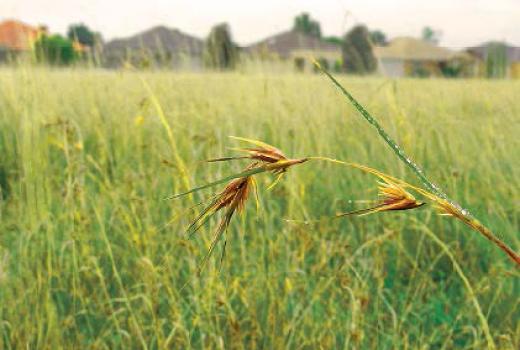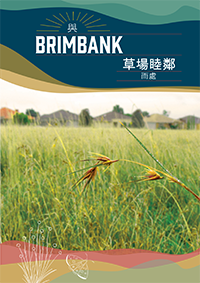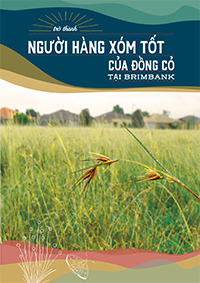Our natural environment consists of living (plants and animals) and non-living things (rocks, wind, topography, water). Brimbank's landscape of flat plains and steep river escarpments was formed by volcanic activity.
The Victorian volcanic plains
Brimbank lies within the Victorian Volcanic Plains (VVP) Bioregion. Prior to European settlement, it was covered in highly productive grasslands, wetlands, and woodlands.
Patches of the VVP Natural Temperate Grasslands ecosystem remain throughout Brimbank. These are listed as critically endangered under the federal Environment Protection Biodiversity Conservation Act (1999).
Water-formed valleys
Our volcanic plains are divided by the deep valleys of Jacksons Creek and the Maribyrnong River, to the north and to the east. The valleys of Taylors Creek and Steele Creek deepen as they join with the Maribyrnong River.
At the southern end of Brimbank, the shallower, but well-defined, valleys of Jones Creek, Kororoit Creek, and Laverton Creek divide the plains.
Our area is characterised by shallow soils, strong winds, and low rainfall (annual average 400-500mm).
Flora and fauna
Brimbank supports more than 500 indigenous plant species and 196 animal species. Many are classified as rare, threatened, or endangered. Several of these plants and animals form part of the critically endangered Plains Grasslands ecosystem – there’s now less than 1 per cent remaining across Victoria.
Check out the Be a Good Grassland Neighbour in Brimbank booklet to learn about some of the key elements in our local environment and tips on how to look after these unique places.
Habitat gardens
Habitat gardens with indigenous species help to improve the health of Brimbank’s overall biodiversity, while helping to mitigate the impacts of climate change, and supporting our native birds, reptiles, frogs and beneficial insects.
Brimbank is lucky to have lots of open spaces to support local wildlife, but houses separate these open spaces, meaning our birds and other critters have to travel distances to move around. Native and habitat gardens help to close the gap for our local wildlife and have plenty of other benefits too. Check out our Sustainable Gardening advice to learn how you can support the ecosystem.




